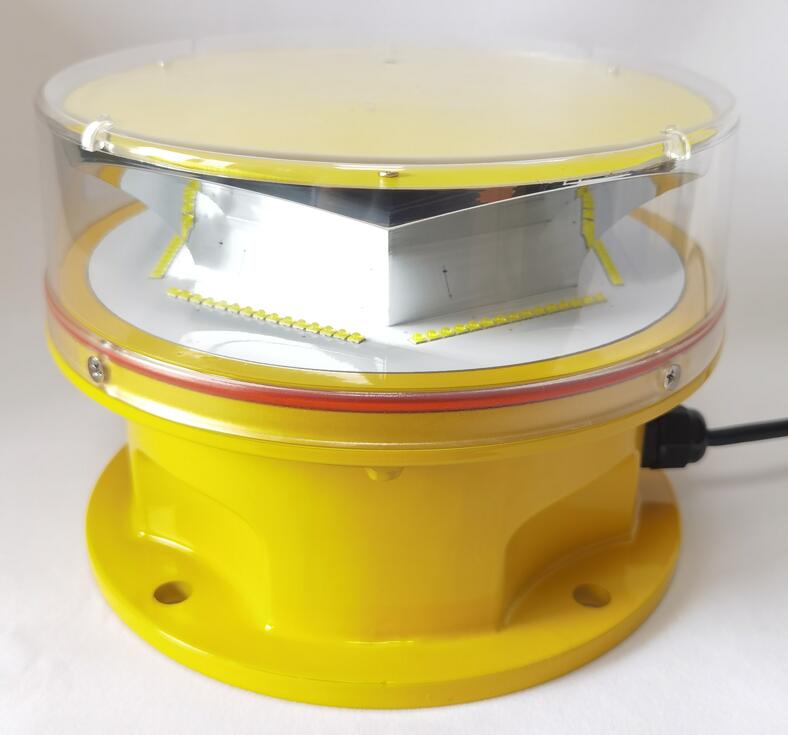Aircraft Warning Lights for Buildings: Safeguarding Urban Skies
As cities grow vertically, the need for aircraft warning lights for buildings has become more critical than ever. These specialized lighting systems ensure that high-rise structures are visible to pilots, preventing collisions and enhancing air traffic safety. From skyscrapers to communication towers, aircraft warning lights for buildings serve as essential visual markers, complying with strict aviation regulations while adapting to modern architectural demands.
This article explores the importance, technology, and evolving applications of aircraft warning lights for buildings in today’s urban landscapes.
Why Buildings Need Aircraft Warning Lights
1. Preventing Mid-Air Collisions
With increasing urban air traffic—including helicopters, drones, and emerging eVTOL (electric vertical takeoff and landing) aircraft—properly marked buildings reduce the risk of accidents.
2. Regulatory Compliance
Aviation authorities such as the FAA (Federal Aviation Administration) and ICAO (International Civil Aviation Organization) mandate lighting for structures exceeding certain heights (typically 200+ feet).
3. Day and Night Visibility
These lights ensure buildings remain visible in all conditions, including fog, rain, and darkness.

Types of Aircraft Warning Lights for Buildings
1. Low-Intensity Lights (L-810)
Used for structures under 200 feet
Steady red lights for nighttime visibility
2. Medium-Intensity Lights (L-864/L-865)
For buildings 200–500 feet tall
Red or white flashing lights for better visibility
3. High-Intensity Lights (L-856/L-857)
Required for structures over 500 feet
Bright white strobes visible for miles
Key Features of Modern Aircraft Warning Lights
1. LED Technology
Energy-efficient with 50,000+ hours of lifespan
| Aircraft Warning Lights for Buildings |
Low maintenance compared to traditional incandescent bulbs
2. Automatic Brightness Adjustment
Photocell sensors adjust light intensity based on ambient conditions
Ensures compliance without unnecessary glare
3. Wireless Synchronization
Multiple lights flash simultaneously for better pilot recognition
Reduces confusion in dense urban areas
4. Durability & Weather Resistance
IP66/67-rated waterproof enclosures
Corrosion-resistant materials for long-term reliability
Installation Best Practices
1. Proper Placement
Lights must cover all sides of the building
Spacing should follow FAA/ICAO guidelines
2. Compliance with Local Regulations
Height-specific lighting requirements
Permitting and approval processes
3. Maintenance & Inspections
Regular cleaning of lenses
Annual electrical checks
Backup power testing
Emerging Trends in Building Warning Lights
1. Smart Lighting Systems
IoT-enabled monitoring for real-time diagnostics
Predictive maintenance alerts
2. Solar-Powered Solutions
Ideal for remote or eco-friendly buildings
Reduces dependency on grid power
3. Integration with Urban Air Mobility (UAM)
Future-proofing for drone corridors & air taxis
Dynamic lighting for changing air traffic patterns
Aircraft warning lights for buildings are no longer just a regulatory requirement—they are a critical safety feature in modern cities. As urban airspace becomes more crowded with traditional aviation and emerging technologies like drones and air taxis, these lighting systems must evolve to meet new challenges.
The future of aircraft warning lights for buildings lies in smart, sustainable, and adaptive solutions that ensure safety while minimizing environmental impact. Architects, engineers, and city planners must prioritize proper installation and maintenance to keep our skies safe for generations to come.
By embracing innovation and adhering to global standards, we can ensure that buildings and aircraft coexist safely in our ever-growing urban landscapes.
